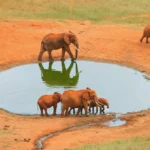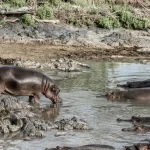Kenya Through the Lens: A Photographer & Videographer’s Safari Guide
Kenya is both a dream and a challenge for photographers. The drama of a lion hunt, the dust trails of wildebeest, elephants beneath Kilimanjaro — it’s cinematic, unpredictable, and humbling. This guide is written for photographers who want to do more than just take pictures: it’s about creating stories, pushing your craft, and leaving with frames that feel alive.
1. Why Photography Safaris Are Different
A regular safari is about ticking sightings off a list. A photography safari is about patience. You wait longer, move less, and pay more attention to light and behavior. The result? Stronger images, not just memories.
- Time Over Quantity – Instead of racing to every lion or elephant, you stay with one subject, waiting for behavior, angles, or interaction.
- Vehicles That Work for Cameras – From beanbag-ready 4x4s to open sides, good operators design their vehicles with photographers in mind. Shooting through tinted windows is a deal-breaker.
- Guides Who Understand Light – A photography-savvy guide knows when to park for backlight, eye-level shots, or reflections.
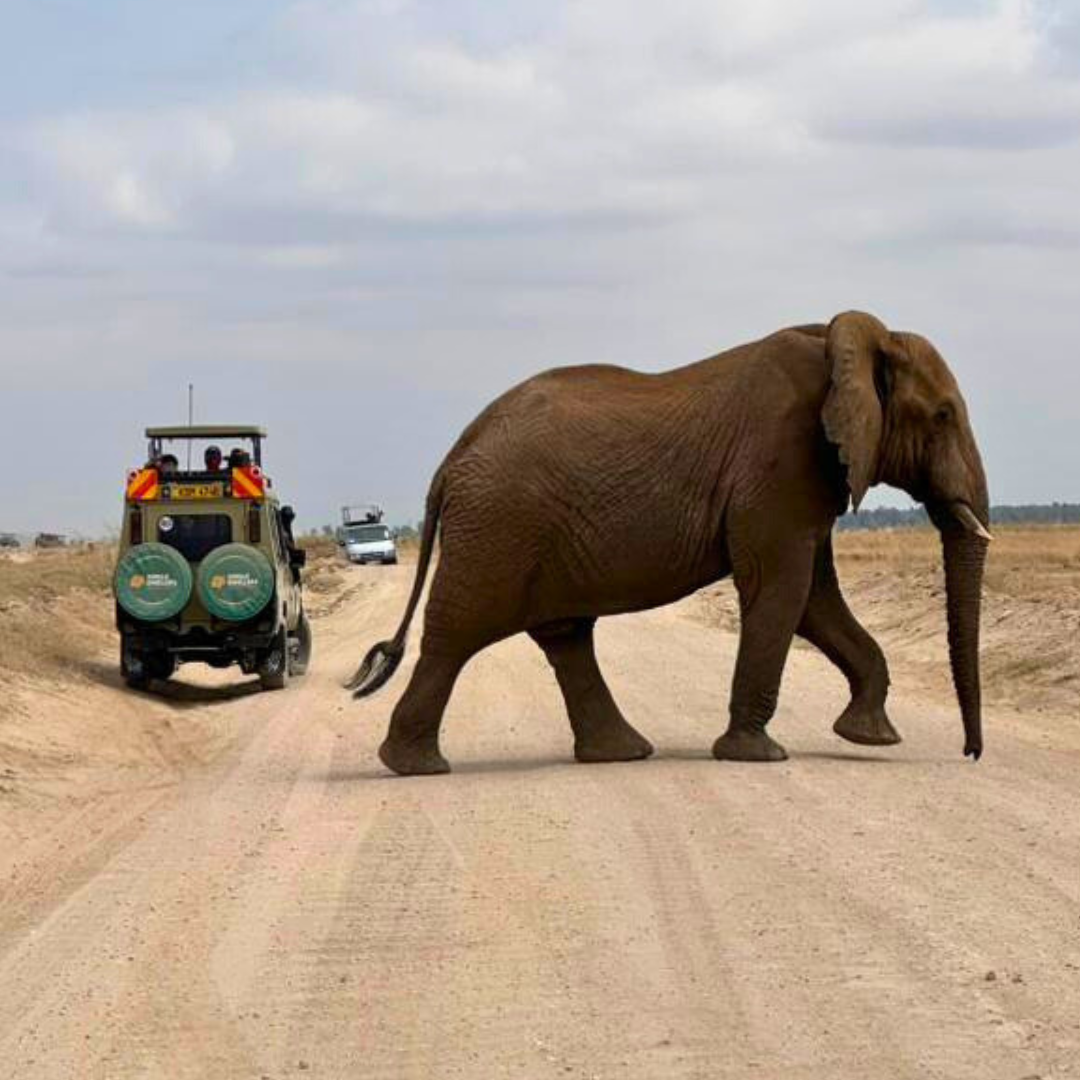
2. The Challenges of Shooting in Kenya
Kenya is generous, but not easy. It will test your skills, your gear, and your patience.
- Space & Weight – Bush flights enforce 15kg luggage limits. Pack smart: two bodies, one telephoto zoom, one wide lens, and minimal extras.
- Light – The equatorial sun is harsh by mid-morning. Master dawn and dusk, and embrace silhouettes, dust haze, or dramatic skies when conditions are difficult.
- Dust – Fine red dust is relentless. Use blower brushes, silica gel packs, and change lenses as little as possible.
- Motion – A cheetah can go from nap to chase in seconds. High frame rates and anticipation matter more than the longest lens.
- Distance – Park rules keep you away from animals. Long lenses (300–400mm+) are essential, but don’t forget wide glass for environmental context.
3. Best Locations for Photography
- Samburu – Rare species like Grevy’s zebra and reticulated giraffes. Harsh light challenges your exposure, but the textures are unique.
- Masai Mara – The stage for predator-prey encounters, especially during the Great Migration. Intense, chaotic, and rewarding for action shooters.
- Amboseli – Elephants framed by Kilimanjaro. Clean horizons and minimalism define shots here.
- Lake Nakuru – A riot of flamingos, rhinos, and reflections. Great for patterns and saturated color.
4. Seasonal Strategies for Photographers
- Great Migration (Jul–Oct) – Dust, drama, river crossings. Fantastic action, but crowded.
- Green Season (Nov–Jun) – Lush landscapes, newborn animals, fewer tourists. Challenging vegetation but rewarding for behavior and mood.
- Dry Season (Jan–Mar) – Harsh light, sparse vegetation, excellent for clean, minimal compositions.
5. Creative Challenges & Avoiding Clichés
Every photographer shoots a lion yawning. The real challenge is finding your voice.
- Experiment with silhouettes, motion blur, and wide environmental portraits.
- Look for layers: grasses, dust, sky.
- Tell sequences: the approach, the interaction, the aftermath.
- Don’t just shoot animals — capture the land, the tracks, the quiet moments.
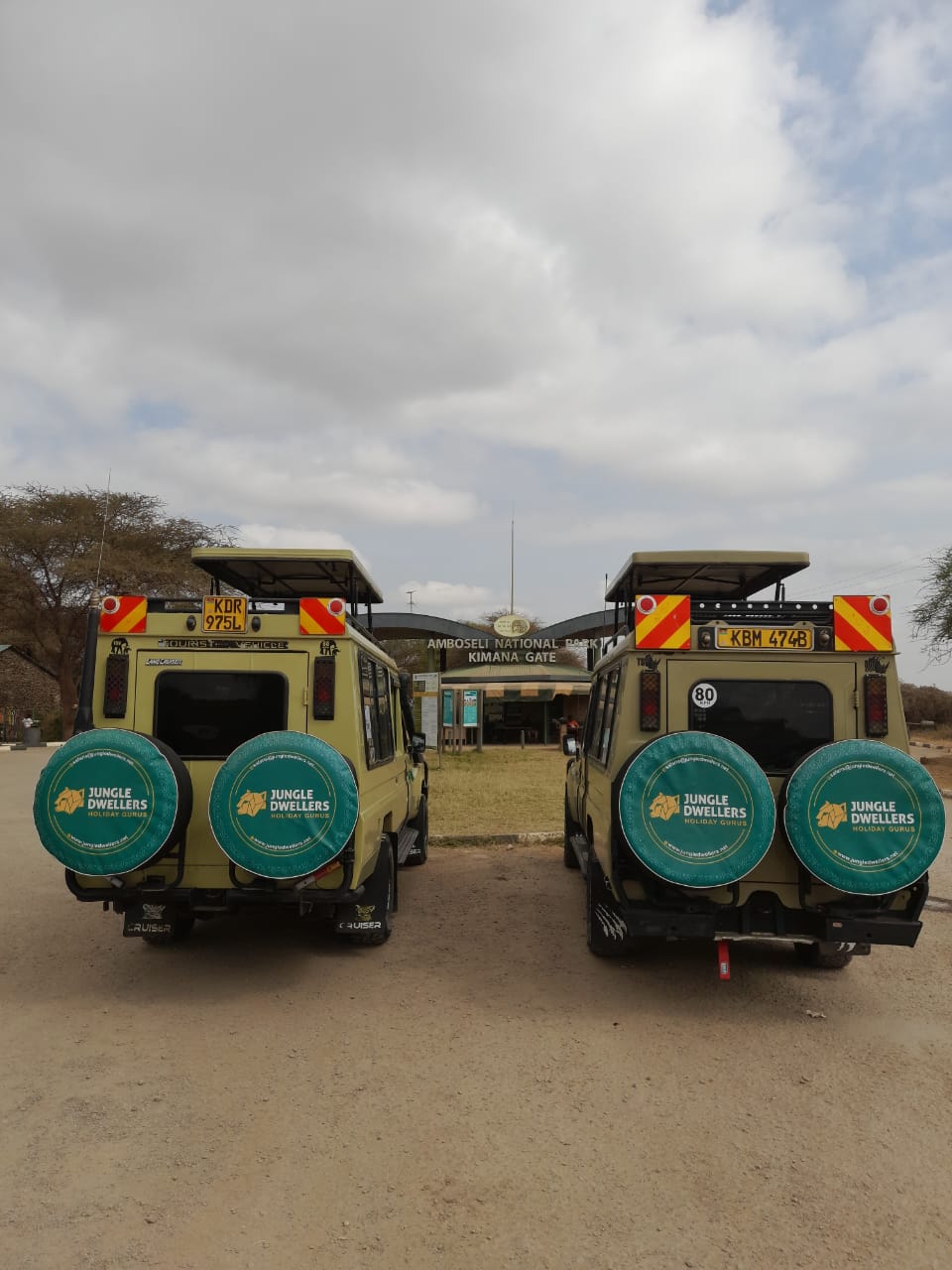
6. Choosing the Right Safari Operator
Not all safari companies can cater to photography safaris. Many rush through sightings, pack too many guests into vehicles, or don’t allow flexible schedules.
What to look for:
- Small groups or private vehicles.
- Guides with photography experience.
- Vehicles with open sides, roof hatches, and beanbag mounts.
- Willingness to spend longer at sightings.
7. Technical & Gear Advice
- Workflow – Back up nightly. SSDs, dual card slots, or cloud backups if internet allows.
- Bodies & Lenses – Two bodies save time; one with a telephoto zoom (100–400mm), one with a wide-to-mid lens (24–70mm).
- Support – Beanbags beat tripods in vehicles. A monopod can help with heavy glass.
- Settings – Continuous autofocus, high frame rates, and RAW shooting are musts.
8. Post-Processing & Workflow in the Bush
Editing on safari is limited by power and time.
- Carry power banks and adapters; some camps run on solar or generators.
- Shoot RAW if possible.
- Laptops with external SSDs make backup efficient.
- For quick edits, Lightroom Mobile is a lifesaver.
9. Human & Cultural Photography
Kenya isn’t only about wildlife. Portraits of Maasai or Samburu communities can be powerful — but etiquette matters.
- Focus on authenticity — ceremonies, daily life, and artisans at work.
- Always ask before photographing people.
- Expect to pay a small fee for posed portraits.
10. Respect First, Photos Second
The best frame is worthless if it disturbs the subject.
- Trust your guide — they know when it’s time to move on.
- Keep your distance.
- Never use flash on wildlife.
📱 Special Section: Shooting Safaris with Smartphones
Not everyone brings a full kit. Many travelers capture stunning work with just a phone. Here’s how to maximize it:
- Use Burst Mode – Catch action sequences like elephants spraying dust.
- Rely on Wide Shots – Don’t overuse digital zoom; frame animals in their environment.
- Play with Silhouettes – Sunsets and sunrises are perfect for dramatic outlines.
- Stabilize – Rest your phone on the vehicle rail or use a mini tripod.
- Protect & Power – Bring waterproof sleeves, microfiber cloths, and a power bank.
- Editing – Apps like Lightroom Mobile or Snapseed can turn a good shot into a great one.
Smartphones won’t replace long glass, but they tell stories differently — quickly, intimately, and creatively.
Shooting Video on Safari
Yes, this is a photography guide — but a quick note for those who plan on capturing video too. Filming on safari comes with its own challenges, especially since tripods are impractical in vehicles.
- Stability – A gimbal or handheld stabilizer works wonders for smooth motion shots. Window mounts or beanbags can also help when panning.
- Gear Options – Compact tools like DJI Osmo, Insta360, or GoPro cameras are excellent for action footage, wide perspectives, or behind-the-scenes clips.
- Settings – Shoot in 4K if possible, and keep shutter speeds higher to handle movement.
- Sound – Vehicle noise is unavoidable; consider adding music or narration later instead of relying on natural sound.
Video tells the story differently — capturing not just moments, but motion and atmosphere.
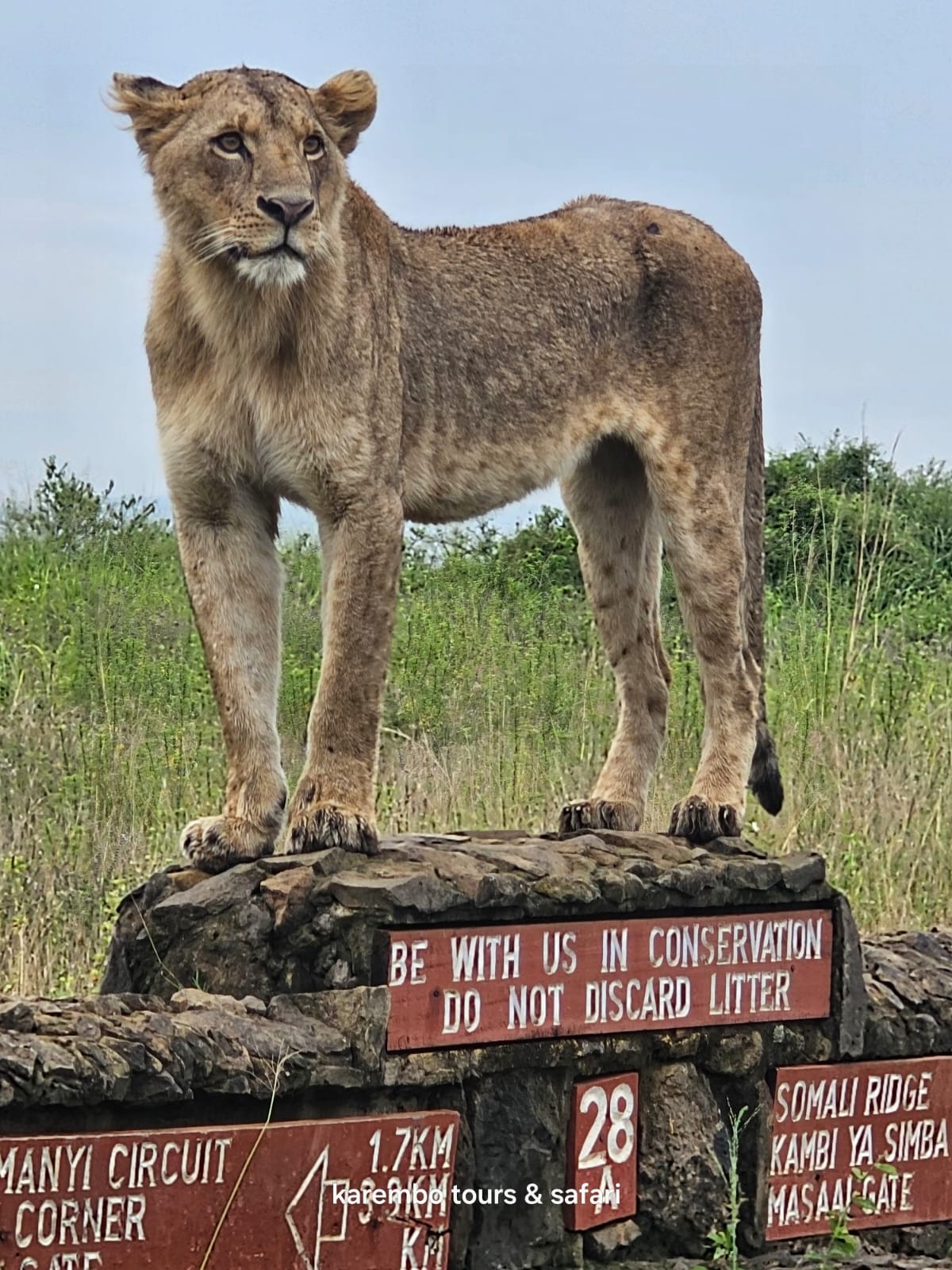
Closing Frame
Kenya rewards patience, creativity, and respect — no matter what you shoot with. For serious photographers, it’s a proving ground that will test every skill. For casual shooters, it’s an opportunity to capture stories you’ll never forget. The country doesn’t care about your gear; it cares that you see. And if you do, the images you take home will be more than photos — they’ll be your lasting frame of Kenya.
Related Blogs
September 29, 2025
September 29, 2025
